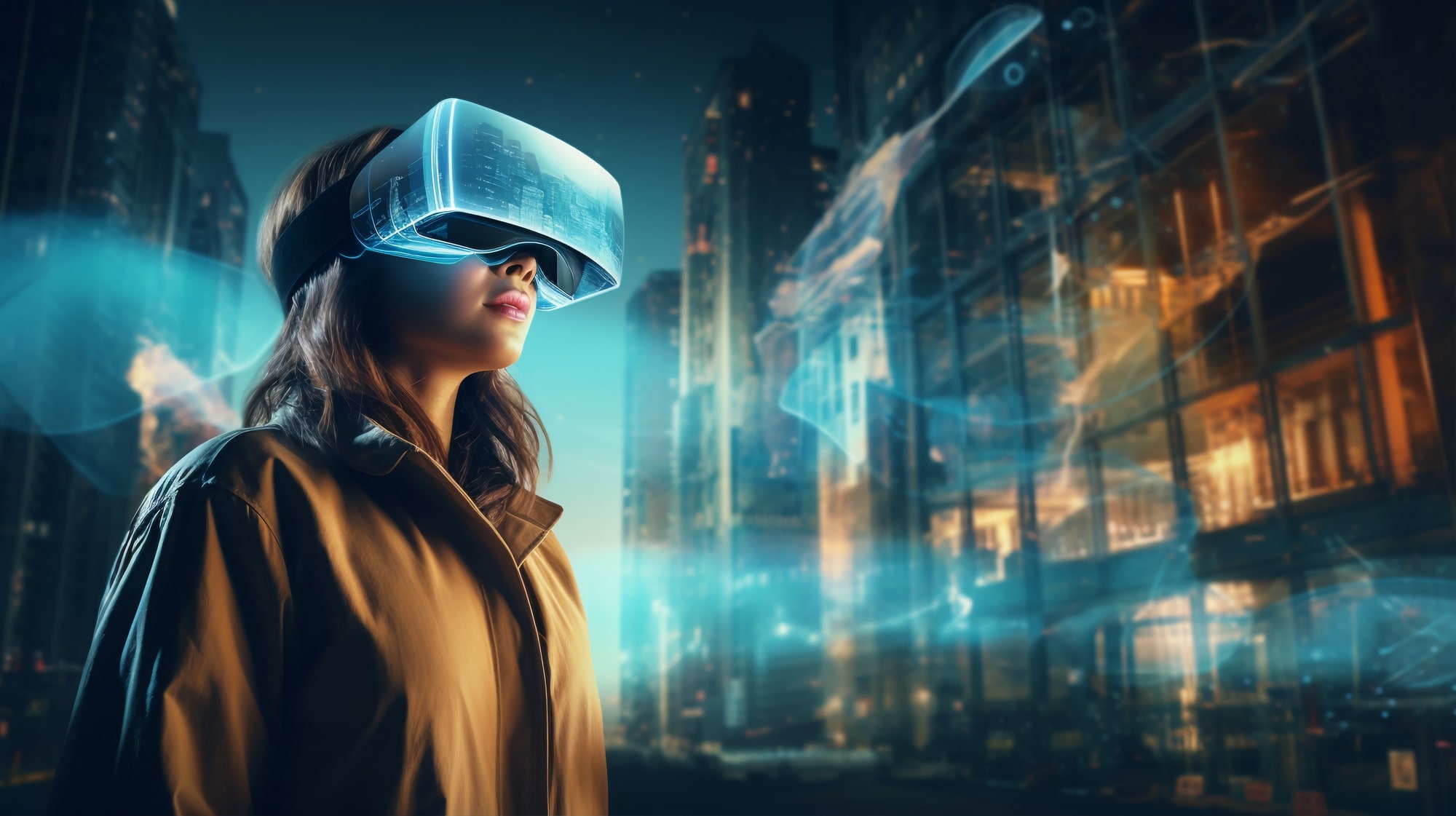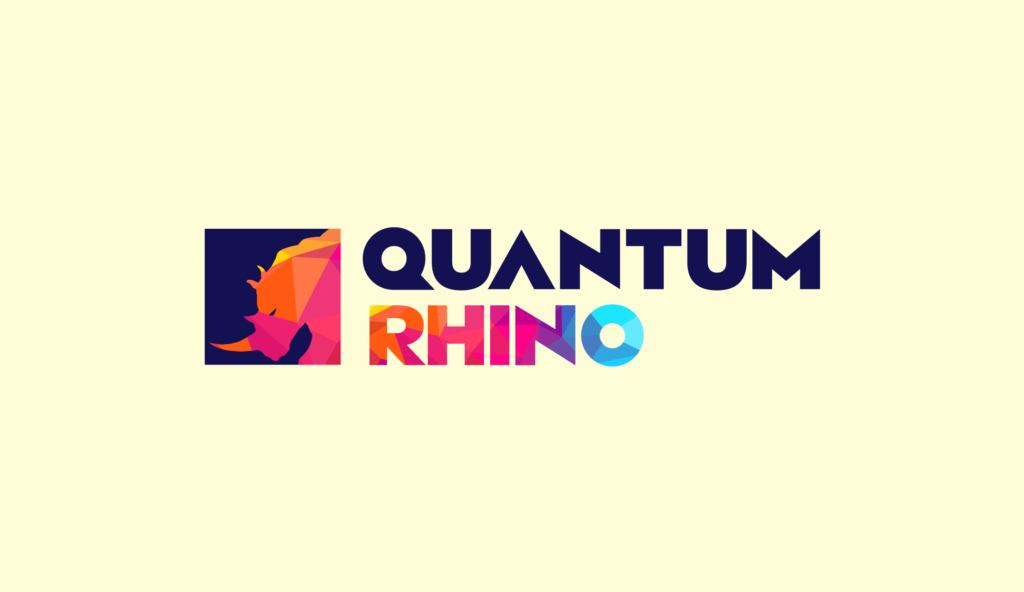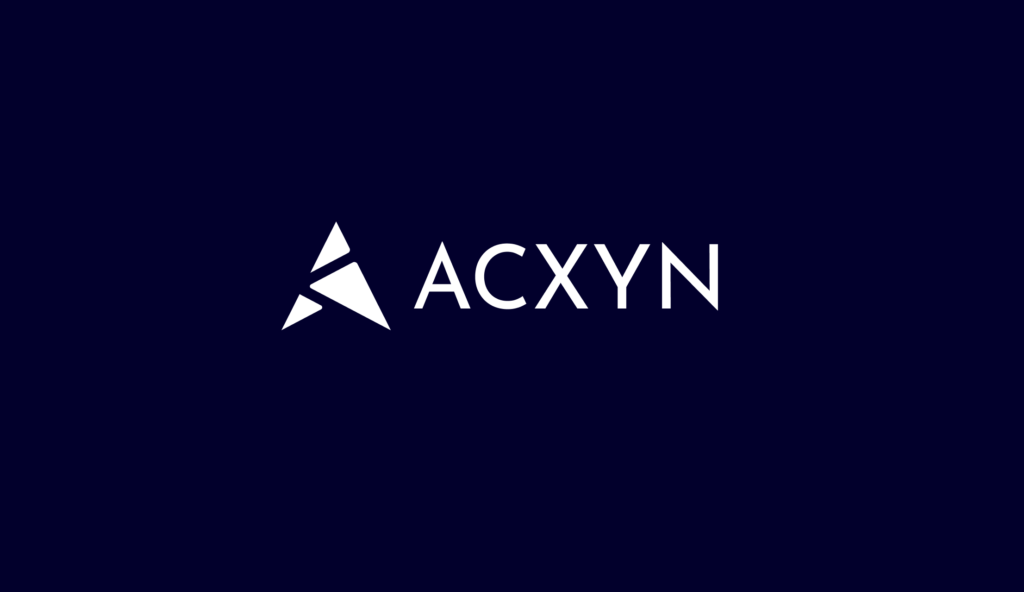The internet is constantly evolving, and the next major leap is Web 3.0. This new iteration of the web promises to revolutionize how we interact online, offering greater security, transparency, and user control. But what exactly is Web 3.0, and how does it differ from its predecessors? This guide will explore the evolution of Web 3.0, its key technologies, and what it means for the future of the internet.
Understanding the Basics
Web 3.0, also known as WEB3, represents the third generation of internet services, characterized by the use of decentralized networks and blockchain technology. Unlike Web 1.0, which was primarily a read-only web, and Web 2.0, which introduced user-generated content and social media, Web 3.0 aims to decentralize the internet, giving users more control over their data and online activities.
Historical Context
The journey to Web 3.0 begins with Web 1.0, the first phase of the internet, which was static and informational. Users could only read content created by a few producers. The advent of Web 2.0 brought interactive platforms like social media, blogs, and wikis, enabling users to create and share content widely. Now, Web 3.0 is set to build on this by decentralizing data control and enhancing user privacy.

Key Technologies of Web 3.0
Several key technologies underpin Web 3.0:
- Blockchain Technology: At the heart of Web 3.0 is blockchain, a decentralized ledger that ensures transparency and security.
- Decentralized Applications (dApps): These applications run on peer-to-peer networks, reducing the reliance on centralized servers.
- Smart Contracts: Self-executing contracts with the terms of the agreement directly written into code.
- Cryptocurrencies and Digital Assets: Including popular tokens like Bitcoin and NFTs (Non-Fungible Tokens), which represent ownership of unique digital items.
- Artificial Intelligence (AI) and Machine Learning: Enhancing data processing and personalization.
- Internet of Things (IoT): Connecting everyday devices to the internet for smarter functionality.
For more information read: The Role of Web3 in Enabling Decentralized Identity & Authentication System
Core Principles of Web 3.0
Web 3.0 is built on several core principles:
- Decentralization: Data is distributed across networks, reducing the power of central authorities.
- User Empowerment: Users have greater control over their data and online identities.
- Enhanced Privacy and Security: Improved protocols for protecting user information.
- Data Ownership and Interoperability: Users own their data and can transfer it across different platforms seamlessly.

Benefits of Web 3.0
Web 3.0 offers numerous benefits:
- Improved Data Security: Blockchain technology ensures data integrity and protection.
- Greater Transparency: Decentralized networks make transactions more transparent.
- Enhanced User Control: Users can manage their digital identities and data.
- New Business Models: Opportunities for innovation in various sectors like finance and entertainment.
Challenges and Criticisms
Despite its potential, Web 3.0 faces several challenges:
- Technical Barriers: Complex technologies may hinder widespread adoption.
- Regulatory Issues: Legal frameworks are still catching up with the rapid development of decentralized technologies.
- Scalability Concerns: Ensuring that decentralized networks can handle large volumes of data.
- Privacy and Ethics: Balancing transparency with the need for privacy and ethical considerations.

Impact on Various Industries
Web 3.0 is set to transform numerous industries:
- Finance and Banking: Decentralized finance (DeFi) offers new financial services without traditional intermediaries.
- Healthcare: Improved data sharing and security for patient records.
- Supply Chain and Logistics: Enhanced transparency and traceability.
- Entertainment and Media: New models for content creation and distribution.
- Education: Innovative learning platforms and credentialing systems.
Future Prospects
The future of Web 3.0 holds exciting possibilities:
- Innovations: Continued development of new technologies and applications.
- Predictions: Experts foresee increased adoption of decentralized networks.
- Preparation: Users and businesses should stay informed and adapt to these changes.

Conclusion
Web 3.0 represents a significant shift in how we use and interact with the internet. By decentralizing data control and enhancing security, it offers a more user-centric web experience. As this technology continues to evolve, it is crucial to stay informed about its developments and implications.



